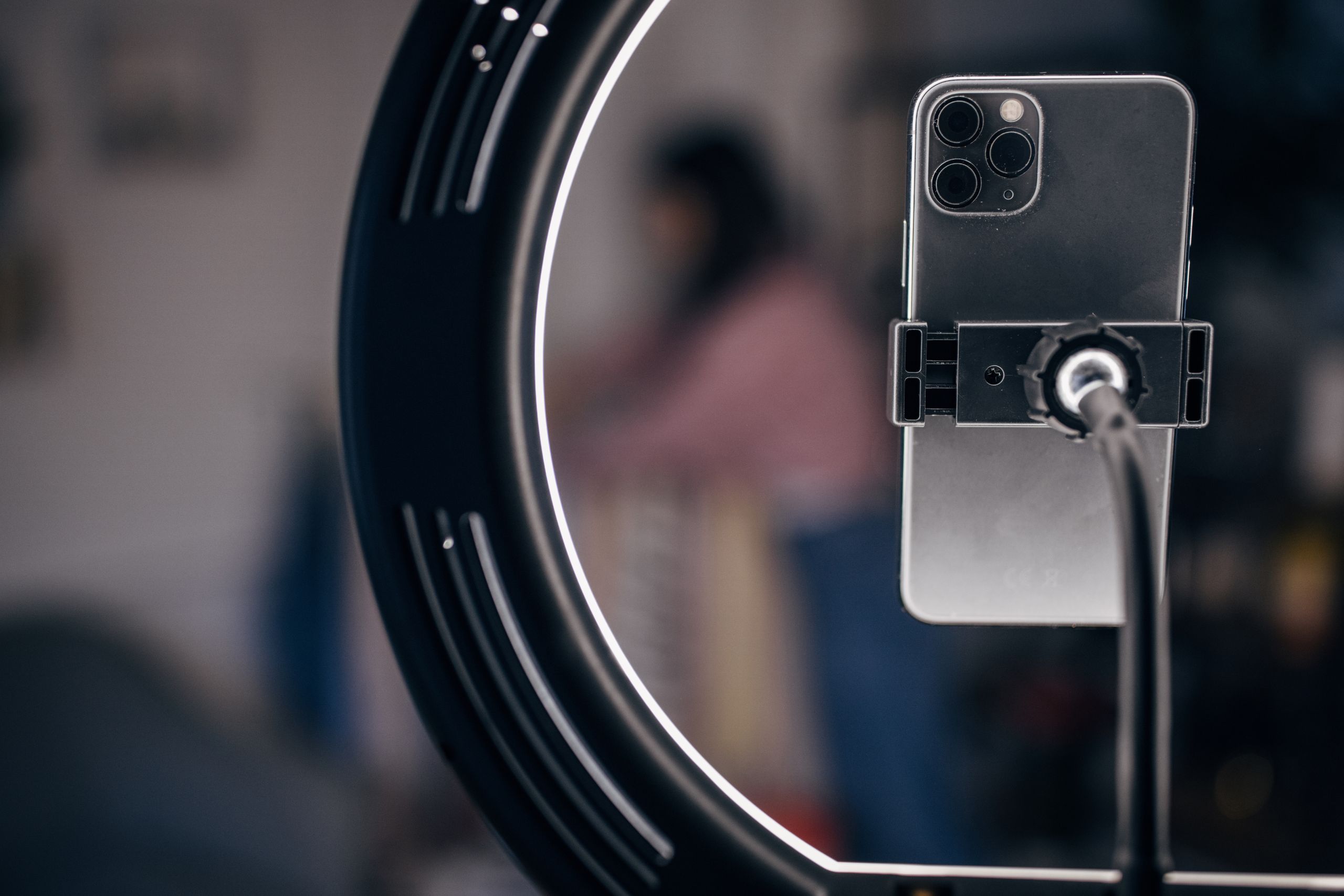In the always shifting field of digital marketing, micro-influencers are becoming to be more successful change agents transforming consumer relationship with companies. Unlike traditional influencers with big followings, micro-influencers often have between 1,000 and 100,000 followers, which allows them to create actual relationships within specialized groups. Better engagement rates and more actual influence on buying decisions follow from this close relationship.
Using their expertise and relatability, micro-influencers provide online ads a human touch appealing to consumers who want authenticity in a time of polished advertising content. Companies use their special capacity to create communications that specifically appeal to certain groups, hence guiding more successful marketing plans. Micro-influencers are demonstrating as the landscape moves toward meaningful involvement that sometimes, little voices may have a significant effect on the success and customer confidence of a company.
What Sets Micro-Influencers Apart
Micro-influencers’ tiny, very active following is one of their main appeals. Often between 1,000 and 100,000, they have the time and ability to create real relationships with their audience. Higher engagement rates derive from their followers’ greater investment in their material. Micro-influencers frequently find their postings starting discussions and engagements that bigger influencers would overlook, regardless of likes, comments, or shares. This involvement creates a community that businesses may use for authenticity.
Micro-influencers also excel in their relevant material, which really speaks to common people. Often sharing stories, advice, and experiences that appear more personal and grounded than the carefully selected posts from more prominent people, their recommendations are more trusted because of their sincerity; followers think they are getting advise from a friend instead of a celebrity. Therefore, when a micro-influencer endorses a product, their followers are more likely to pay attention and purchase, therefore proving regularly that sometimes the tiniest voices have the biggest effect on the marketing scene.

Building Trust and Authenticity
Micro-influencers treat their following differently than more conventional influencers. Having a smaller following, they frequently interact more directly with their audience, answering messages and comments, therefore building a feeling of community. This form of connection creates a genuine relationship that values and listens to followers. The comments of micro-influencers about companies or products seem more like a conversation with a friend than a created ad. Their counsel looks more reasonable as this genuineness builds confidence and connects deeply.
Usually focusing on certain niches—like travel, fitness, or beauty—micro-influencers also assist to provide content that really reflect their interests and expertise. Their same interests support the development of their bond as followers. Encouragement of a product by these celebrities appears more like a tailored suggestion than a broad commercial appeal. Brands working with micro-influencers so gain from their trust and relatability, which increases engagement and generates more powerful recommendations. Micro-influencers are proving to be great friends for companies trying to create deep relationships in the digital terrain of today, when consumers are becoming dubious of conventional marketing.
Cost-Effective Marketing with Big Returns
Small and medium-sized companies trying to maximize their marketing budget can find great change in working with micro-influencers. Micro-influencers provide a more wallet-friendly choice without compromising effect than mega-influencers who sometimes demand sky-high fees. Usually ranging from 10,000 to 50,000, these influencers are not only more reasonably priced but also often show a better return on investment (ROI). Their smaller audience indicates they are more likely to interact personally with their followers, therefore establishing a real relationship that results in either content sharing, link clicking, or purchase making.
Micro-influencers are unique mostly in their sincerity. Their endorsements seem like personal suggestions rather than commercial ones as they give relevant material that appeals to their committed fans. This trust drives better conversion rates and increased engagement rates for businesses attempting to create a loyal community around their products or services, therefore justifying their investment. Small businesses could find a measured way to raise brand awareness and enhance sales by investing in micro-influencers instead of going bankrupt.
Strategies for Leveraging Micro-Influencers
Finding the appropriate micro-influencers for your company depends mostly on locating people that really fit your beliefs and appeal to your target market. First, look for influencers in your field of business that have 1,000 to 100,000 active followers. Look for someone with tight links to their audience and a background of creating innovative work. Looking at their participation rates enables you to appreciate their connections instead of focusing simply on their follower count. Social media analytics might help you monitor this and streamline the hunt for the suitable match among other strategies.
Once you have a list of potential influencers, creating coordinated campaigns might completely change things. Think about co-developing content highlighting your skills as well as theirs—this might be anything from group presents to interesting challenges meant for audience participation. Above all, preserve channels of open communication to ensure that everyone agrees. This lays the groundwork for a long-term, sensible marriage. Maintaining these connections over time will result in ongoing success as influencers will become more committed in your company and its goals and will share their experiences in an honest and natural manner for their audience.

Conclusion
Micro-influencers are transforming the world of internet marketing and giving companies a strong tool to engage their customers on a deeper level by skillfully blending authenticity with exact targeting. These bloggers create trust that traditional advertising usually falls short by virtue of their committed following and actual connections; so, their recommendations look more like personal endorsements than merely commercials. Using the specialty knowledge of micro-influencers, companies may efficiently target certain groups, increasing interaction rates and conversion and keeping under budget. Adopting micro-influencers is not just a fad but also a strategic need for businesses ready to improve their online campaigns and build enduring connections with customers that may result in major returns and provide a road for sustainable development.
